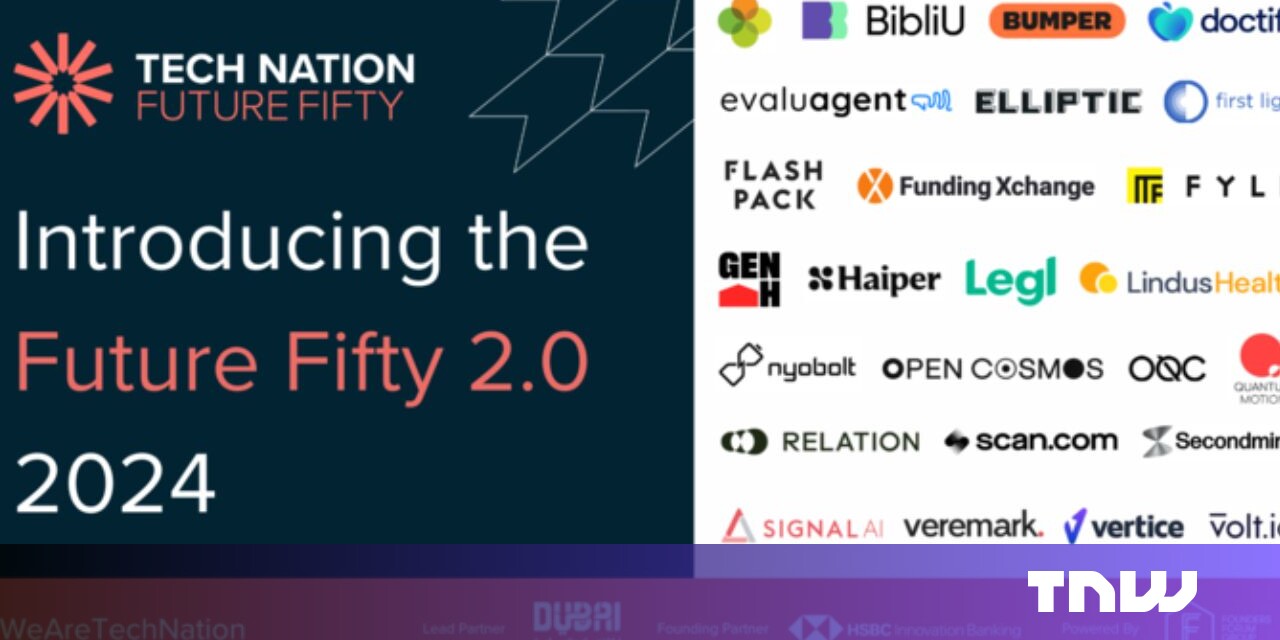How and why to ‘be the primary source’ for organic search

Table of Contents
Becoming the go-to source across Google, AI tools and social platforms is key to standing out in an AI-driven organic search landscape.
“Just Google it” – ah, so 2021.
These days, organic search and discovery – although still largely conducted on Google – have fanned out to many sources, with user behavior more multi-layered and dynamic than ever.
SEO professionals these days need to follow course.
Consider a user who:
- Starts by watching a TikTok video of a runner boasting about hitting a new PR with the help of a coach.
- Then does a top-of-funnel search on Perplexity (“what does a running coach help with”).
- Then hits Google for a search of online running coaches.
- Then browses a list of sources from AI Overviews.
- Then hits up a running community on Reddit to ask about peoples’ experiences with one coaching organization or another.
Doesn’t sound like it’s all about keywords anymore, does it?
Instead, we’ve been helping clients establish themselves as the primary source on a topic.
That means showing up wherever users are looking for relevant information – while also building brand awareness as the subject matter expert.
The picture is changing quickly, so rather than chasing channels and keywords, we’re focusing on understanding and adapting to user behavior (with some healthy analysis of emerging platform trends thrown in).
Here’s my take on what SEOs need to do to thrive in the age of diversified organic search.
Broaden your channel focus
Expand your focus beyond traditional SEO.
Understand how community-driven platforms (like Reddit and TikTok) and other emerging AI tools are impacting consumer search behavior.
This means tracking search trends across various channels, not just focusing on Google.
These channels will vary by vertical. (If you’re not completely up to speed on what’s feeding your site traffic, make sure you’re setting up and referencing referral reports in Google Analytics.)
The stakes are high here.
Failing to adapt to these new search behaviors could lead to missed opportunities and a disconnect with target audiences, especially younger consumers.
Dig deeper: Beyond Google – How to put a total search strategy together
Know where your users are going for info – and what kind of info they’re looking for
Where are your users going, and what are they trying to find?
That’s a much more complicated question than it was a few years ago.
What your users are looking to learn on Reddit is very different from TikTok (whose algorithm is much more top-of-funnel/discovery-focused).
And even LLMs and Google are used for fairly discrete behaviors.
The broad “how to do x” and “what is” questions might not be as effective on Google.
Still, that’s probably what gets cited the most in AI search or large language models (LLMs).
Consider creating a matrix of funnel intent by channel and crafting content accordingly.
Track how your strategy works and adjust as you go.
Stay in touch with the algorithms
Staying on top of shifting user behavior is the biggest priority right now in organic search.
However, that doesn’t mean you can afford to ignore how newer platforms are ingesting content.
The question I get most (by orders of magnitude) these days is about AI search and LLMs (which operate by predicting the next few words or phrases that connect to a topic).
One way to boost your chances of citation is to position your brand name as close to your industry or solution as frequently as possible – whether that’s in earned, owned, or even strategic paid content.
For instance, if you have a great piece of content that’s getting organic traction, consider syndicating it.
It’s also a good idea to reverse-engineer this by:
- Analyzing which sources/citations are being used in AI search responses.
- Angling to get your brand covered there.
- And/or creating similar kinds of content.
Last, scour those trades (including this one) to find AI search guidance from experts and tidbits provided by the AI search models themselves on influential ranking factors – like this one from Microsoft on Copilot.
Dig deeper: Your 2025 playbook for AI-powered cross-channel brand visibility
Provide (even more) value
What could your company produce for thought leadership that might get picked up by the top outlet in your vertical?
Proprietary research, a well-informed perspective from a company leader, or data that introduces a fresh narrative – any one of these can outperform hundreds of formulaic content pieces that flood your vertical.
Publishing content that supplements E-E-A-T principles with effort, originality, and value (my favorite content descriptors these days) does more than catch media attention.
(This is more important now than it was pre-LLMs.)
This type of content has the potential to transcend platforms by associating your brand with leadership within your vertical.
You may begin to see it cited in communities, forums, and social channels as users (not just algorithms) reference it organically.
Define your lane
The topic clustering strategy is still extremely relevant in this search era, and with that comes the frequent question of just how far you should expand that cluster.
My take: owning your sphere and updating it as needed is better than expanding to less relevant subjects.
Here’s an example of what that might look like:


Stay nimble
We’ve never seen the organic scene change this rapidly.
- Do your best to keep your finger on the pulse of newer algorithms, emerging platforms and communities, and shifting user behaviors.
- Update and track your KPIs accordingly.
- Make sure you’re including an action-oriented “so what” step that follows this regular analysis.
Whether you’re in-house or at an agency, remember that educating your colleagues about what’s changing is more than just providing value in your role.
It’s being proactive about aligning on strategic shifts you’ll need to make down the road.
Dig deeper: 6 easy ways to adapt your SEO strategy for stronger AI visibility
If you liked the article, do not forget to share it with your friends. Follow us on Google News too, click on the star and choose us from your favorites.
If you want to read more like this article, you can visit our Technology category.




